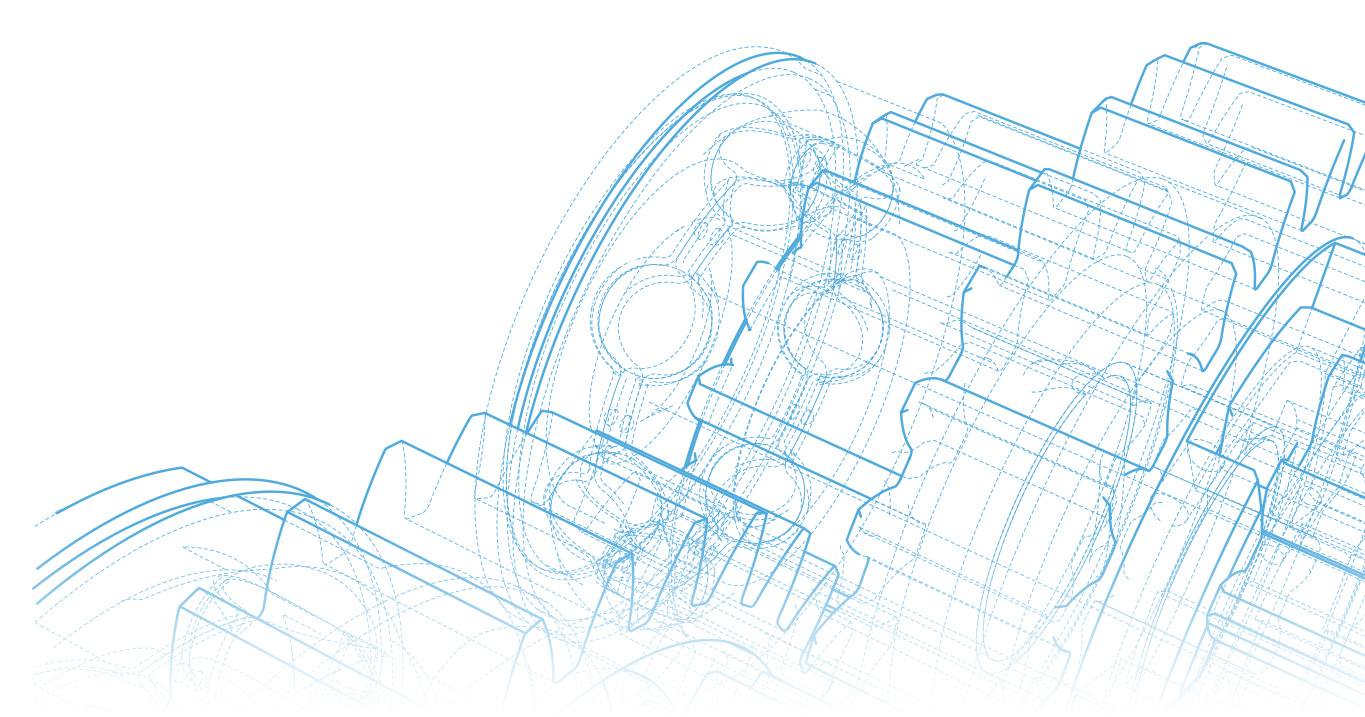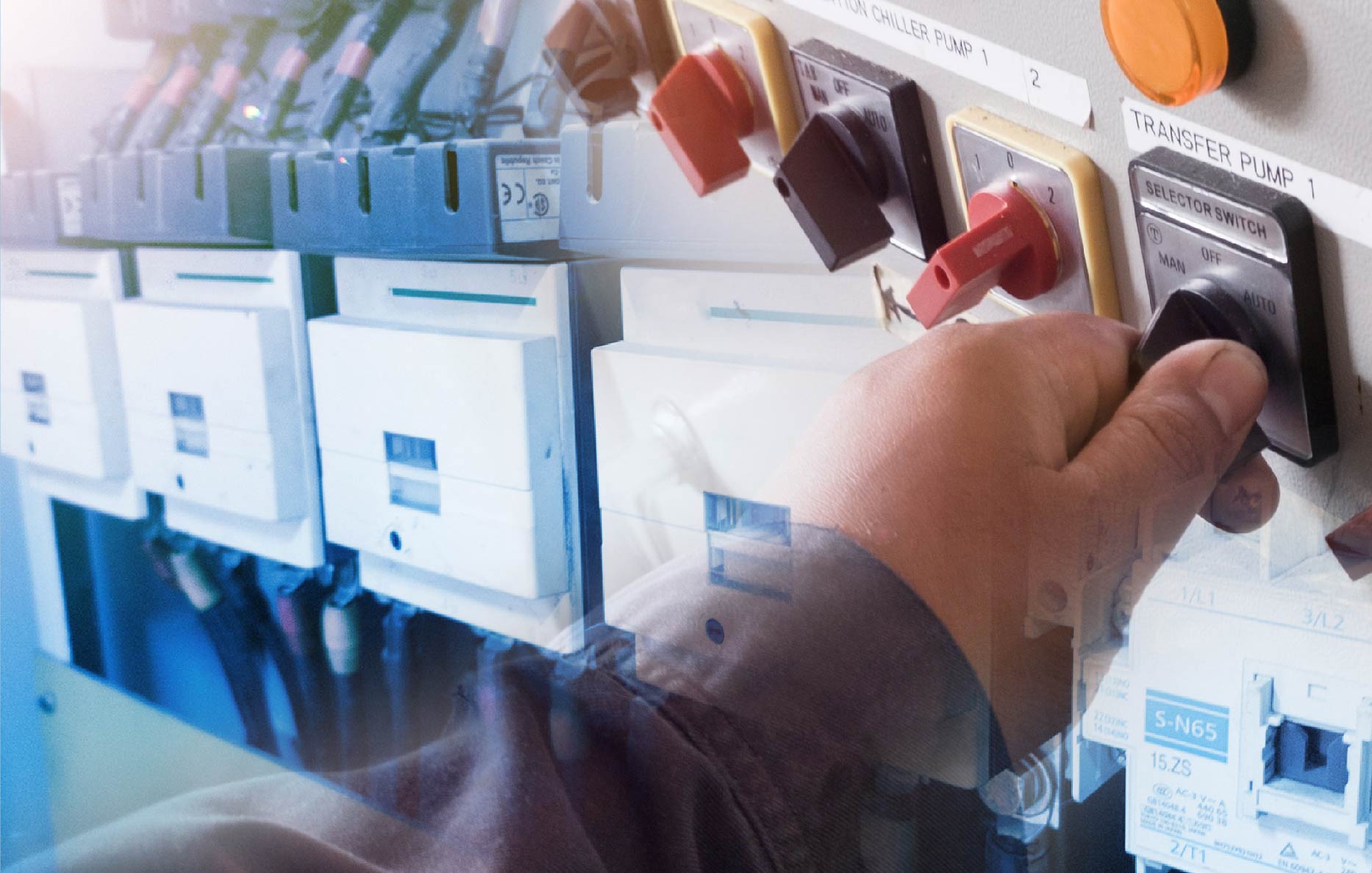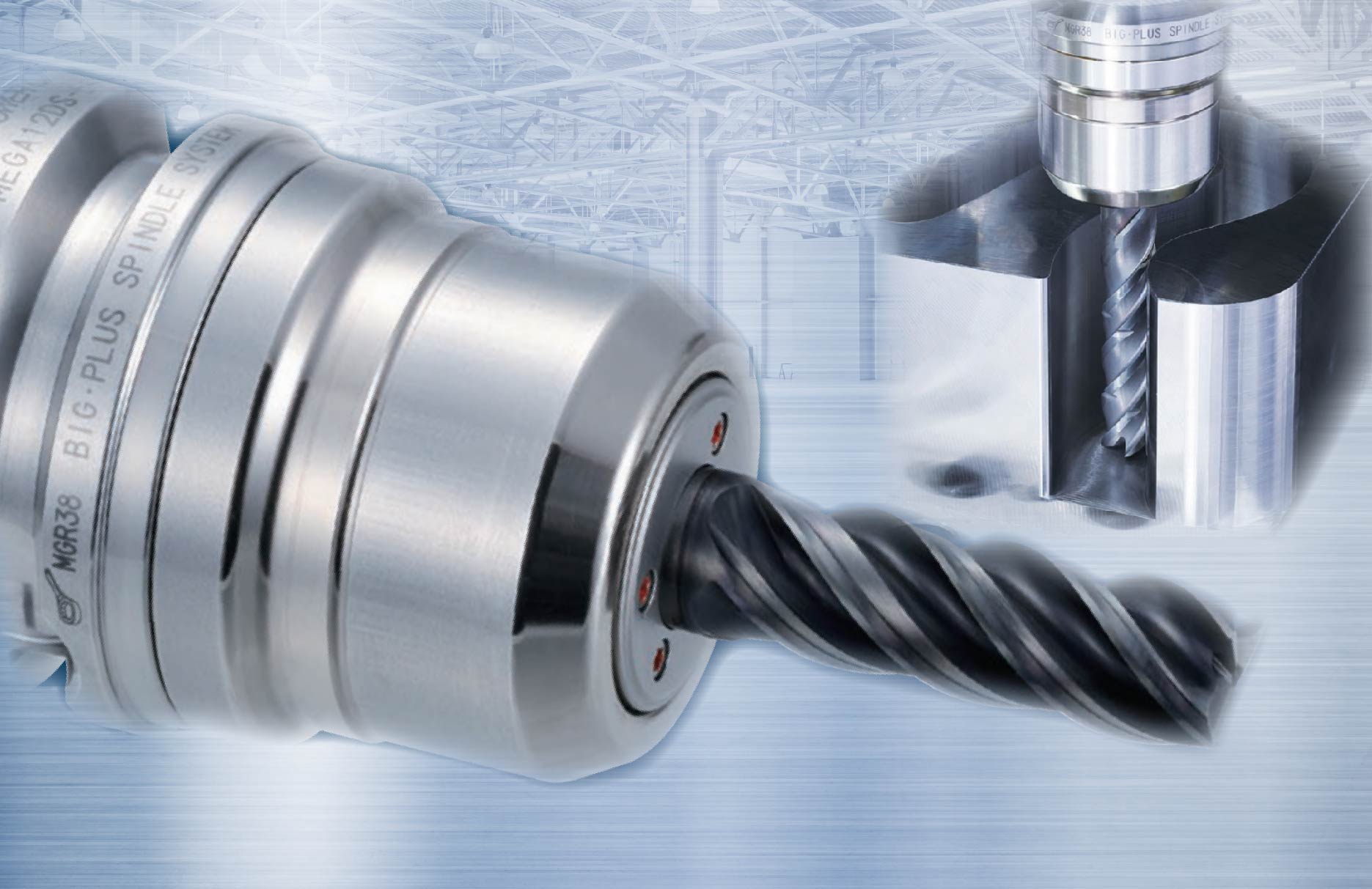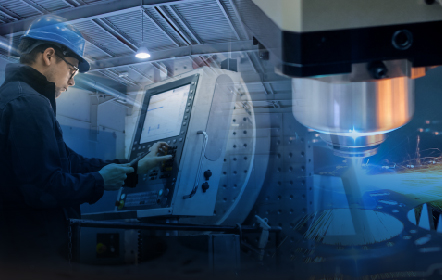Free trade and globalization have forced economic integration among countries,requiring them to deal with the economic power of the USA, China or the EU. The ASEAN Economic Community (or AEC), which will come into effect in 2015, is one of the tree pillars of ASEAN (the Association of South East Asian Nations), which consists of 10 ASEAN member countries; Cambodia,Indonesia,Laos,Malaysia,Myanmar,Philippines,Singapore,Thailand and Vietnam. The AEC has a goal of forming a single marget and production base throgh achieving a free flow of goods,services,investment and skilled labor, as well as freer flower of capital. It is very important for Thai people from any area of the economy to be aware of and be prepared for the opportunities and threats to them as either a corporation or individual.
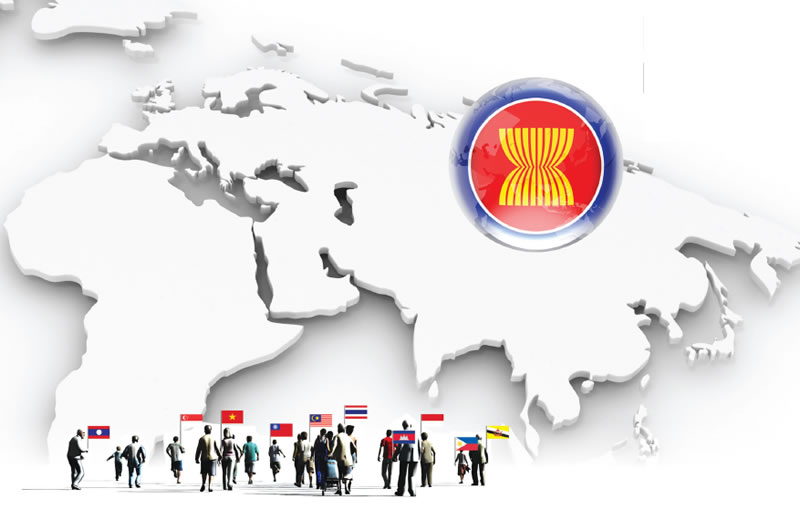
Opportunities for the Thai Automotive Industry under the AEC
Though Thailand has ecountered natural disasters and political instability , investors from around the globe, especially automotive companies from Japan, still see THailand as their favorite location for manufacturing bases. There’s no doubt that Thailand is now the leading country in the region in terms of car manufacturing, both for the domestic market as well as export and will still be number one after the AEC comes into effect in 2015. This is the dur to two reasons. Firstly, there will be more skilled labor from neighvoring countries, which will help solve the labor shortage problem that has many industrialists worried. Another reason is that there will be greater vehicle demand from the CLMV countries (Combodia, Laos, Myanmar and Vietnam) as these countries are developing their own transportation system and their economies are expanding.
How Should Manufacturers Get Ready?
The opportunities from the AEC come along with greater competition. The most important thing for the Thai manufacturing sector is to be ready. Products and services need to meet international standards. such as the ISO 9000 Quality Management System. In addition ,they need to know who their competitors are. Things like this can be understood better through using tools like SWOT analysis. New laws and regulations that conform to interantional standarts, as well as other factors that are of benefit to business, should be studied and well understood, such as trade and competition lawa. Import and export procedures, intellectual property (IP) knowledge, marketplaces and material sourcing in the region and the region’s ;ogistics system should be studied in order to reduce transportation cost for goods and raw materials, Business should look for opportunities to expand their business, obtain qualified employees from the countries in the AEC and estabish business networks with partners. It is also useful for business to understand their customer’s langauges. SMEs need to learn about and access funds through the FTA that will help them develop their sales and supply channels to expand their businesses.
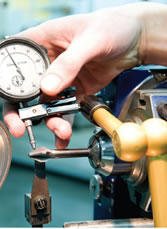
How Should Labor Adapt? The AEC will bring about vast opportunities for skilled labor to freely move to work in any company in any country so that they can get paid better. At the same time, with skilled labor freely flowing into countries, this could be a problem for those who have not upgraded themselves and to be ready. Skilled labor needs competenance in his or her area of profession, machine operation, maintenance and quality control. English is very important as a tool for communicating at work. In addition, employees need to understand the host country’s internal laws and culture. This will help them adjust to their new work environment. It is important that the labor force in other nations.
The Preparation of the Government Sector
The Department of Skill Development (DSD), under the Labor Department Promotion Act. B.E. 2545 to develop the capabilities of workers by cooperating with both other government departments sectors and the private sector from many areas to upgrade Thai labor skills in both the industrial and service sectors. An example of such cooperation was when the National Institute of Metrology, Sumipol, Mitutoyo (Thailand), Toyota Motors (Thailand), TOA PAINT (THAILAND), and TPI Polene. The DSD has also cooperated with organizations in the Japan Vocational Ability Development Association (or JAVADA) to develop training curriculums on topic such as 5S, QC Circle, Kaizen and the Skills Evaluation Method Workshop 2011, which focused on 3 fields; Plastic Molding Machine Drawing, Machine Drawing and Machine Inspection.

For its long-term plans, the DSD has drawn up the “Strategic Skill Development Plan 2012-2016” in order to push forward skill development, eliminate the labor shortage problem, upgrade labor skills in all fields to international standards and get the Thai labor force well prepared for the AEC.
Conclusion With all the issues mentioned above, there is no reason for anyone to not prepare for this challenge, especially manufacturers. We suggest starting with setting up a committee to respond to these issues with 2 objectives. The first is to study the laws and regulations and related procedures that affet your business. Secondly, study any benefits and opportunities for expanding your business base or reducing costs.

